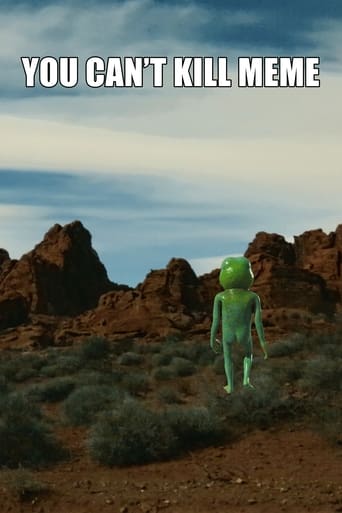
05 Nov 2021

You Can't Kill Meme
A hybrid documentary feature film about the genesis of "memetic magick" and its application by the alt-right in the United States.
At 16 he became the leader of the Chicago Area Skinheads, later a white supremacist punk band. But when Christian Picciolini started a family, he began questioning his far right views. This timely doc explores a changing Western political climate, chronicling the rise of the far right in the US and Europe, and giving alarming insights into the ways the alt-right movement operates.

05 Nov 2021

A hybrid documentary feature film about the genesis of "memetic magick" and its application by the alt-right in the United States.
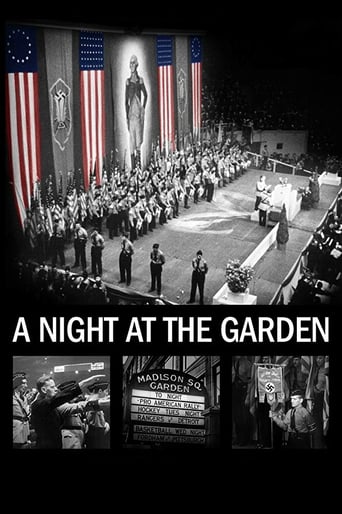
24 Sep 2017

Archival footage of an American Nazi rally that attracted 20,000 people at Madison Square Garden in 1939, shortly before the beginning of World War II.
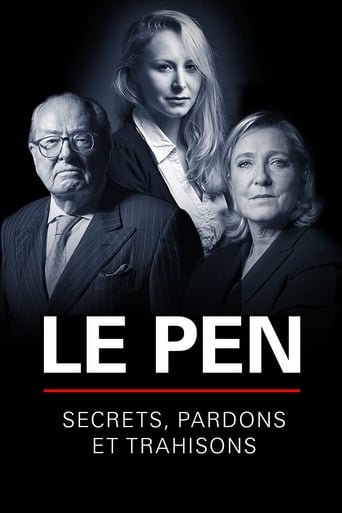
14 Jan 2019

Investigation into the Le Pen family, which has been a prominent presence on the political stage for three generations, with two of its members reaching the second round of the presidential election.

31 Jan 2025

David Riondino, an Italian film director, is coming to Spain to document the Atocha massacre of 1977, to make a film on its 50th anniversary. He will be helped by Alejandra, a young documentary filmmaker who urges him to contextualise the past with the current rise of the far right. By investigating the Atocha attack, David will recover a part of that recent past and at the same time will witness a reality that encourages reflection on some burning issues such as the advance of the far right, problems of access to housing and job insecurity.

27 Nov 2017

See how alt-right icon Steve Bannon’s years as a documentary filmmaker catapulted him to Breitbart News and the Trump White House.
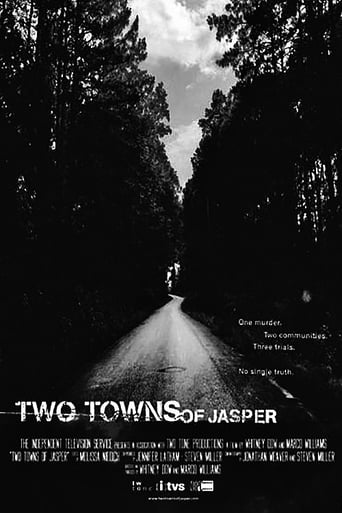
13 Jan 2002

Using two separate filmmaking teams (an all-white crew filming white residents and an all-black camera crew filming black residents), TWO TOWNS OF JASPER captures very different racial views by townsfolk in Jasper, Texas, the location for a racially motivated murder of an African American man in 1998.
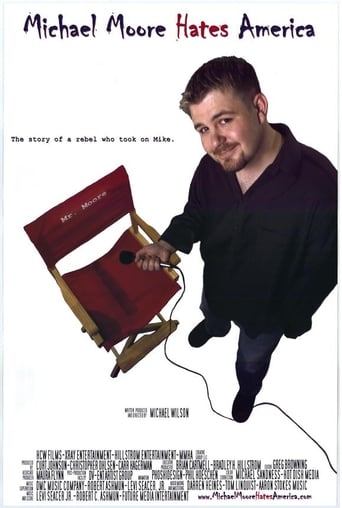
12 Sep 2004

Michael Wilson, like the subject of his film, is trying to get an interview with a multi-millionaire; however, in this case, that millionaire is Michael Moore himself.
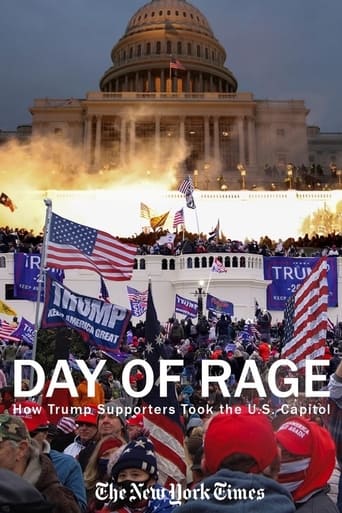
01 Jul 2021

As part of a six-month investigation, The Times synchronized and mapped thousands of videos and police audio of the U.S. Capitol riot to provide the most complete picture to date of what happened - and why.
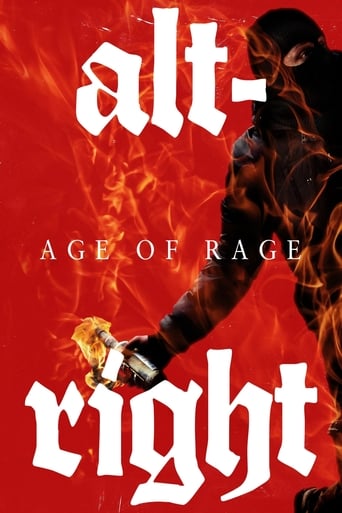
09 Mar 2018

In the first year of Trump’s Presidency, Daryle Lamont Jenkins, an Antifa activist, combats the rise of the Alt-Right movement, while Richard Spencer, an Alt-Right leader, fights to gain ground, culminating in a tragic showdown in Charlottesville.
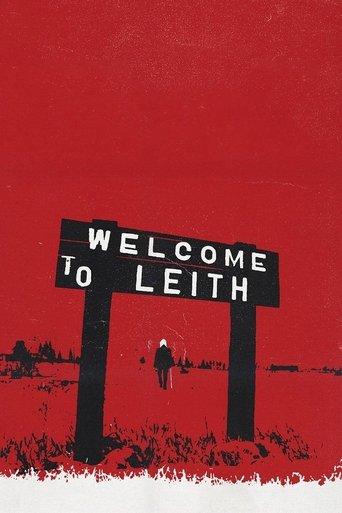
09 Sep 2015

In September 2012, the tiny prairie town of Leith, North Dakota, sees its population of 24 grow by one. As the new resident's behavior becomes more threatening, tensions soar, and the residents desperately look for ways to expel their unwanted neighbor.
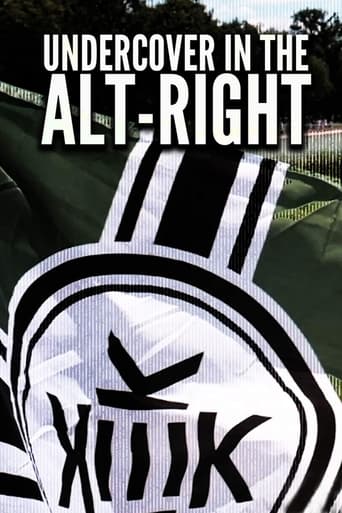
05 Mar 2018

For the past year, our operative Patrik Hermansson has been living undercover, as Swedish student Erik Hellberg, at the heart of the alt-right. He infiltrated some of the most notorious far-right networks in the US and the UK, culminating in the violent clashes in Charlottesville 2017. He extracted damning information that runs all of the way to the White House. And he caught it all on hidden camera.

24 Sep 2024

As the nation grapples with the echoes of January 6, this documentary provides a crucial, unvarnished perspective on that pivotal day. This narration-less documentary shows events leading up to and including January 6, challenging viewers to confront the fragility of democracy and reflect on our collective responsibility to protect it.
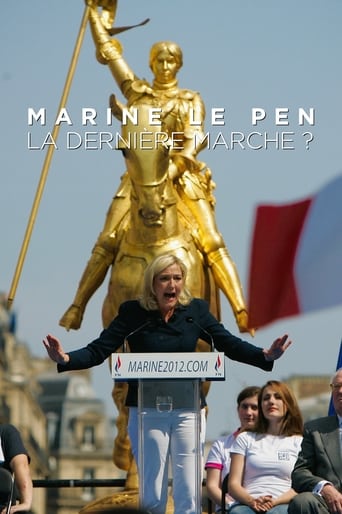
16 Jan 2017

This film is an uncompromising portrait of a woman who no-one could have imagined in a position of power a few years ago . A look at the woman and, through her, at the party that continuously raises concerns and stirs up the media.
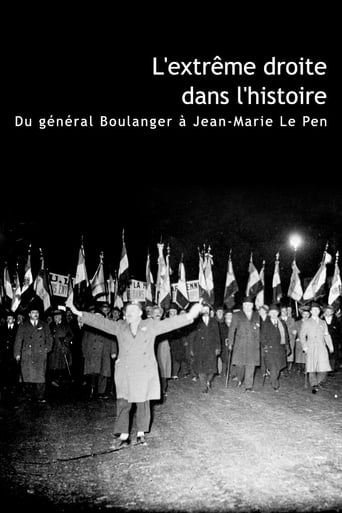
27 Apr 2002

No overview found
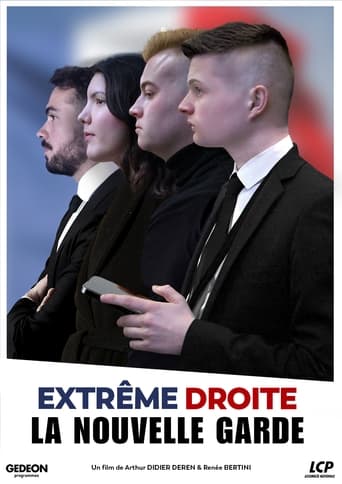
01 Jan 2024

On June 9, 2024, during the European elections, over half a million young voters backed Jordan Bardella, while others turned to Marion Maréchal. A new generation of leaders is emerging, reshaping old ideological foundations. From the youth wing of the Rassemblement National to student unions and Reconquête’s activists, we followed these key figures as they campaigned their way to the gates of power.
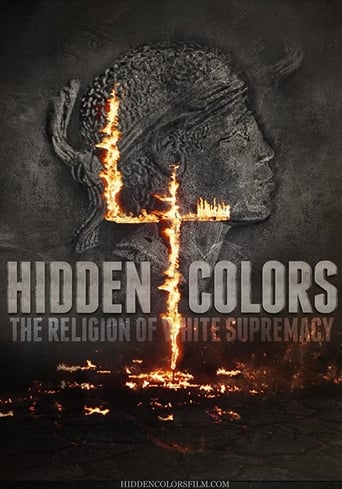
26 May 2016

Hidden Colors 4: The Religion Of White Supremacy is the latest follow up film to the critically acclaimed hit documentary series Hidden Colors. In this installment of the Hidden Colors series, the film explores topics such as: The motivation behind European global subjugation The history of rarely discussed vast West African empires How germ warfare is used on melanated people The history of slave breeding farms in America And much more.

08 Jun 2018

In France’s last presidential election, Marine Le Pen, a right-wing candidate, won over 30 per cent of the vote after an attempt to rebrand a party long associated with her controversial father, Jean-Marie Le Pen. See how three of her supporters faced similar obstacles in changing the narrative.

29 Sep 2014

No overview found

30 Nov 2011

No overview found

17 Jul 2000

A decade after taking a series of photographs of skinhead members of a far-right group for his book Public Enemies, Leo Regan returns to three members of the gang to see what has happened to them in the intervening years.